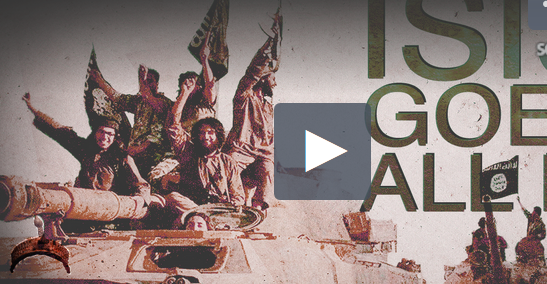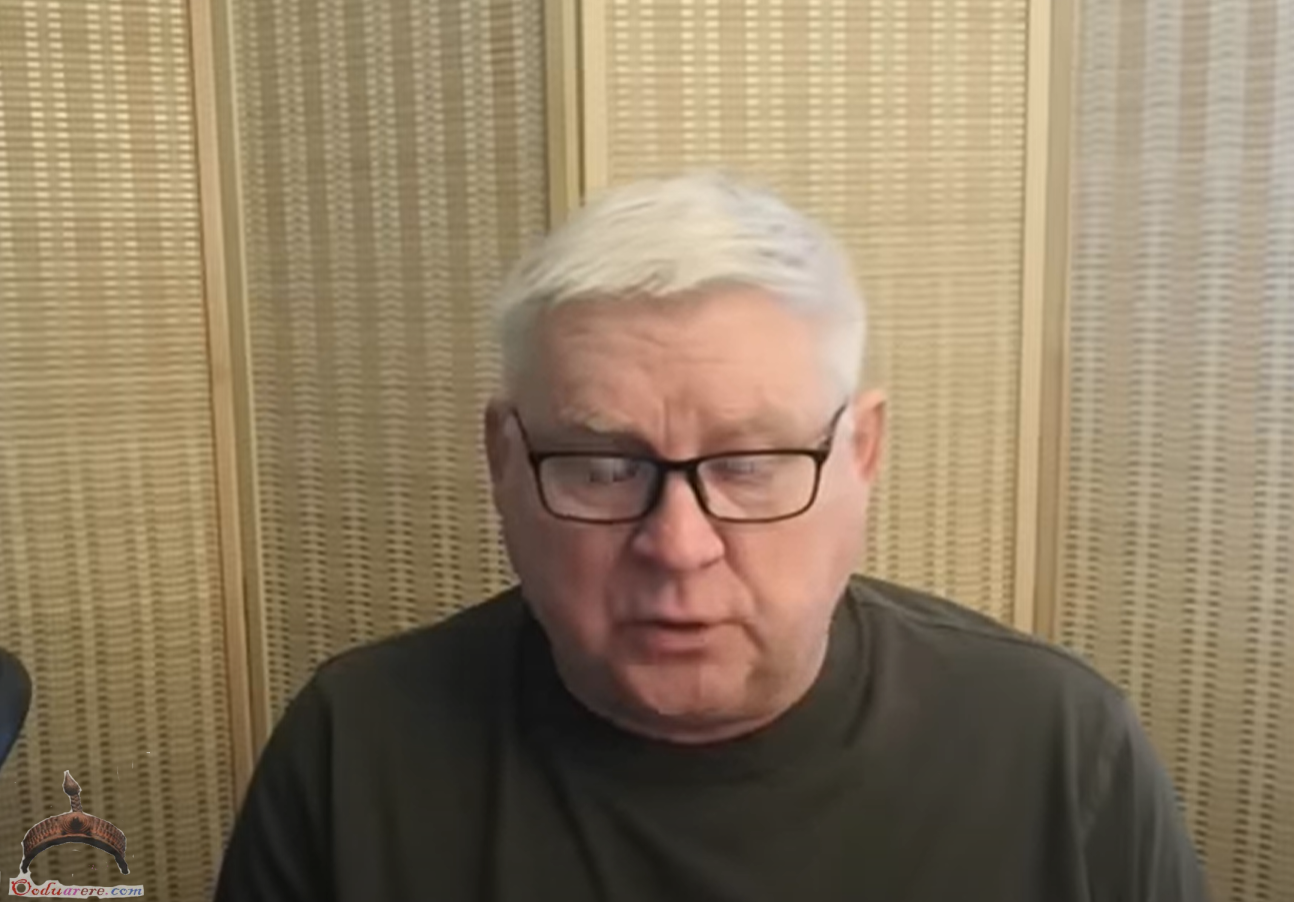By Harold Hoover
On August 30, the ISIS-linked news agency Amaq claimed that ISIS fighters killed two Russian military service members near Uqayribat town in the eastern Hama countryside. Amaq claimed that the two Russian soldiers and several Syrian soldiers were killed when ISIS repelled their attack towards Uqayribat town.
However, from the photos released by Amaq, it cannot be concluded that the bodies were those of Russian military servicemen. The two soldiers could be some private military contractors operating on the side of the Syrian government or just members of some pro-government group.
Meanwhile, the Syrian Arab Army (SAA) 5th Assault Corps’ ISIS Hunters liberated al-Mushayrifah and deployed to within only about 2 km from the southeastern entrance to Uqayribat.
Separately, government troops took control of Mukaymen Janoubi near Taybah.
ISIS deployed additional reinforcements to southern Raqqah in order to boost its offensive against the SAA Tiger Forces and pro-government tribal forces in the area.
Clashes are still ongoing in the Ghanim Ali village area and both sides claim that they are taking upper hand in this battle. However, it seems that ISIS will not be able to deliver enough damage to stop the SAA advance in central Syria.
The SAA further advanced along the Palmyra-Deir Ezzor road and recaptured the Harbisha area from ISIS. The advance came amid intense airstrikes on ISIS targets in central Syria.
Syrian and Russian warplanes bombed ISIS in Aksh, Um Mail, Abu Jubilat, al-Qastal al-Shamali, al-Qastal al-Wastani, and al-Qastal al-Janubi in the eastern Hama countryside, and in Saria’at Junid, the al-Qriah hill and al-Mukbat areas around Deir Ezzor city.
The Russian Military Police has deployed in the towns of Shehba and Afrin in northern Syria in order to set up military observation posts and to provide additional security to the area, according to the Kurdish People’s Protection Units (YPG).
Further deployments of Russian Military Police units in the YPG-held area in northwestern Syria show the growing Russian influence in the area. Meanwhile, Kurdish militias in northeastern Syria remain under almost a direct influence of the US-led coalition.
 Ọmọ Oòduà Naija Gist | News From Nigeria | Entertainment gist Nigeria|Networking|News.. Visit for Nigeria breaking news , Nigerian Movies , Naija music , Jobs In Nigeria , Naija News , Nollywood, Gist and more
Ọmọ Oòduà Naija Gist | News From Nigeria | Entertainment gist Nigeria|Networking|News.. Visit for Nigeria breaking news , Nigerian Movies , Naija music , Jobs In Nigeria , Naija News , Nollywood, Gist and more








